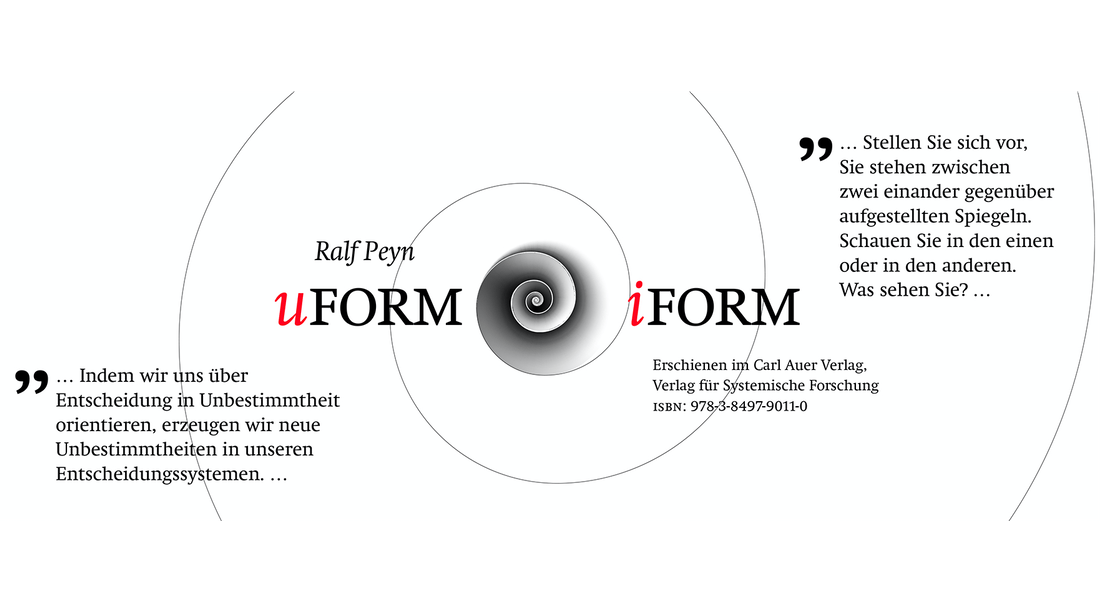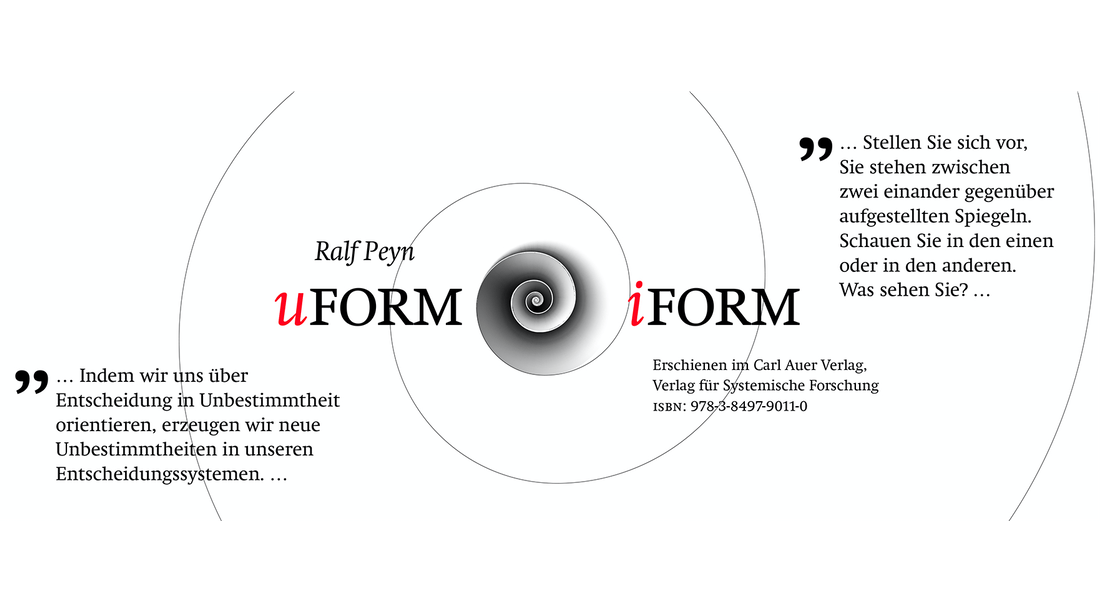How does System function/operate?

Every once in a while people ask me: “What then is a system?”
I should probably simply answer: If you want to comprehend/experience how system operates/functions, work with uFORM iFORM (German) and selftest!
…
In the thirties of the last century Alan Turing presented with his Turing machine a formal proposal for an agreement about the concepts “algorithm” and “mathematical computability”. Up to this point the problem was though people could compute that they had no generally accepted, consensual model at their disposal that could map all intuitively computable.
Alan Turing facilitated with his work that universal attributes of computation could and can be formally represented, emulated and further discussed. For example, the Turing machine qualifies for demonstrating attributes of formal problems which are subject to studies in complexity research. Turing’s work was significant for the advancement of the developing computer sciences.
Momentarily systemic research is thwarted by a comparable lack of agreement on a minimal consensus: What system(s) is(are) is discussed in general but it is difficult to level up the discussion transdisciplinarily with increasing precision because up to now there was no formal or respectively no computing model that could render the means to program systems which demonstrate universal properties of systems. Dirk Baecker tries with his work The Concept of the Form (German) a verbal transition to dive into the comprehension of system via the form thereby hitting the well-known boundaries of non-formalized language and problems following some missing well-formedness of the Laws of Form. In order to describe system(s) functionally and to show how they operate/function we need systems that are modeled to FORM minimal consensus.
Ralf Peyn has (re)constructed thus vested systems in uFORM iFORM with programs (SelFis) so that now system can be represented, emulated, observed FORMally and discussed including system-differentiation.
SelFis – visual interpretations of subsystems of self-referential systems with specific FORM – are fractals describing systemic processes. They are computer-programs intended to interpret, visualize and analyze forms of complex systems. Among others human cognition and communication are counted as such complex systems. With this model also Turing machines can be constructed. It delivers the mathematical foundation for a sciences and humanities involving system-discussion and provides connective options into new branches of research (among others into the realm of Artificial Intelligence).
SelFis are simple enough also for non-professionals to have a chance to come to a concept of system.
FORMcalculus and programs force to think sufficiently open and at the same time sufficiently stringent and so prevent from eluding into a comprehension of system only imitating flabbiness. With their in comparison to real-systems manageable complexity SelFis deliver a simple possibility to analyze system(s).
In SelFis we can observe how system-differentiation is running, we can observe the system and observe ourselves at the same time, we can follow the re-entries and thereon track our own cognitive performance. We can observe them with others, discuss their processes, we can compare real-systems with them and reflect (the) communication. An example for a first analysis in German: Symmetrische Konflikte
Ralf Peyn demonstrates how humans come to sign and language, how decision systems constitute themselves, and the systemic researcher can now run selected programs via selftest in order to observe if they shape into interesting structures with universal properties and how they evolve.
…
If now you are thinking: that´s too heavy and too complicated for me.
Tcha …
If you want to comprehend/experience how system operates/functions, work with uFORM iFORM and selftest!


